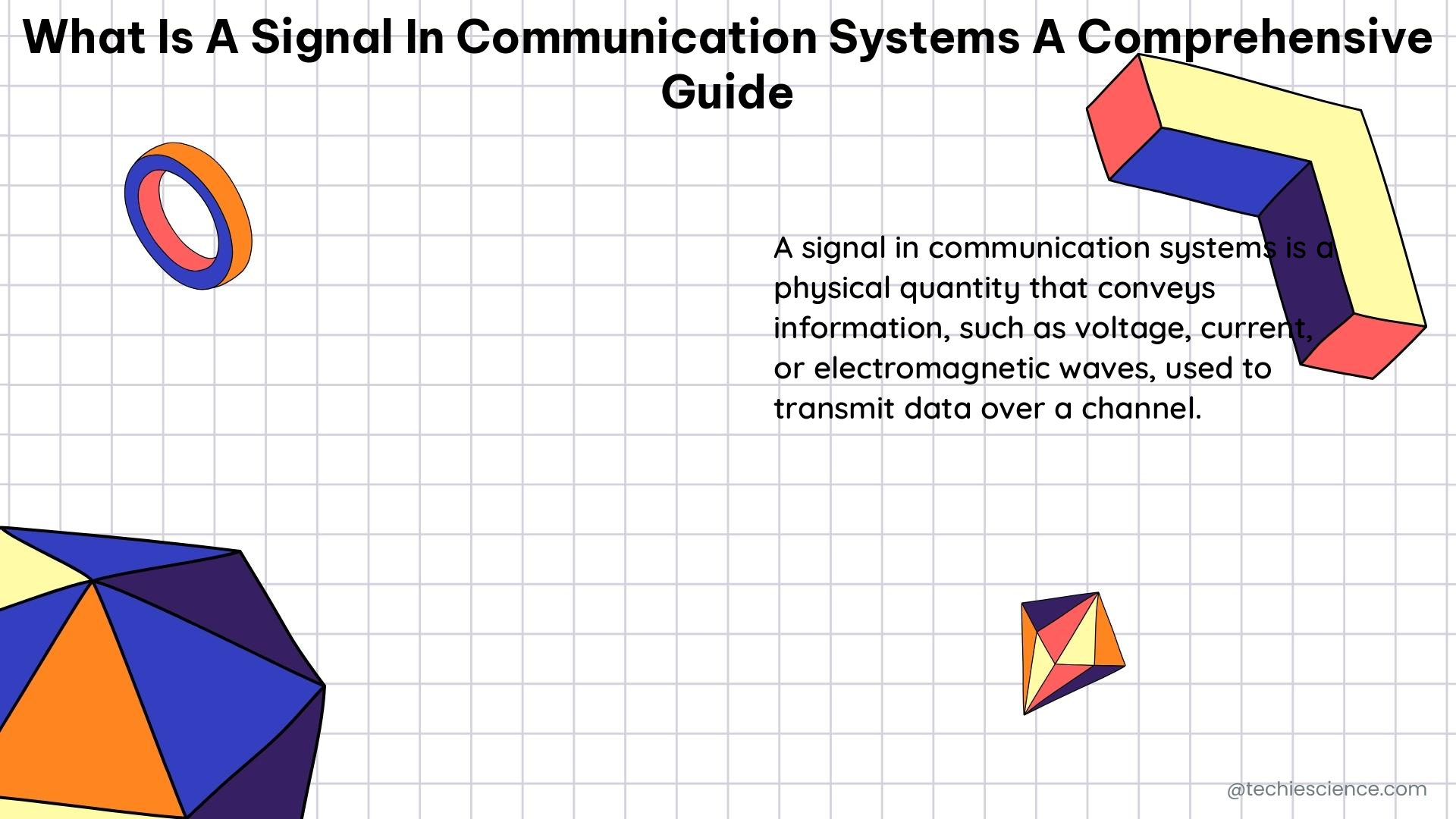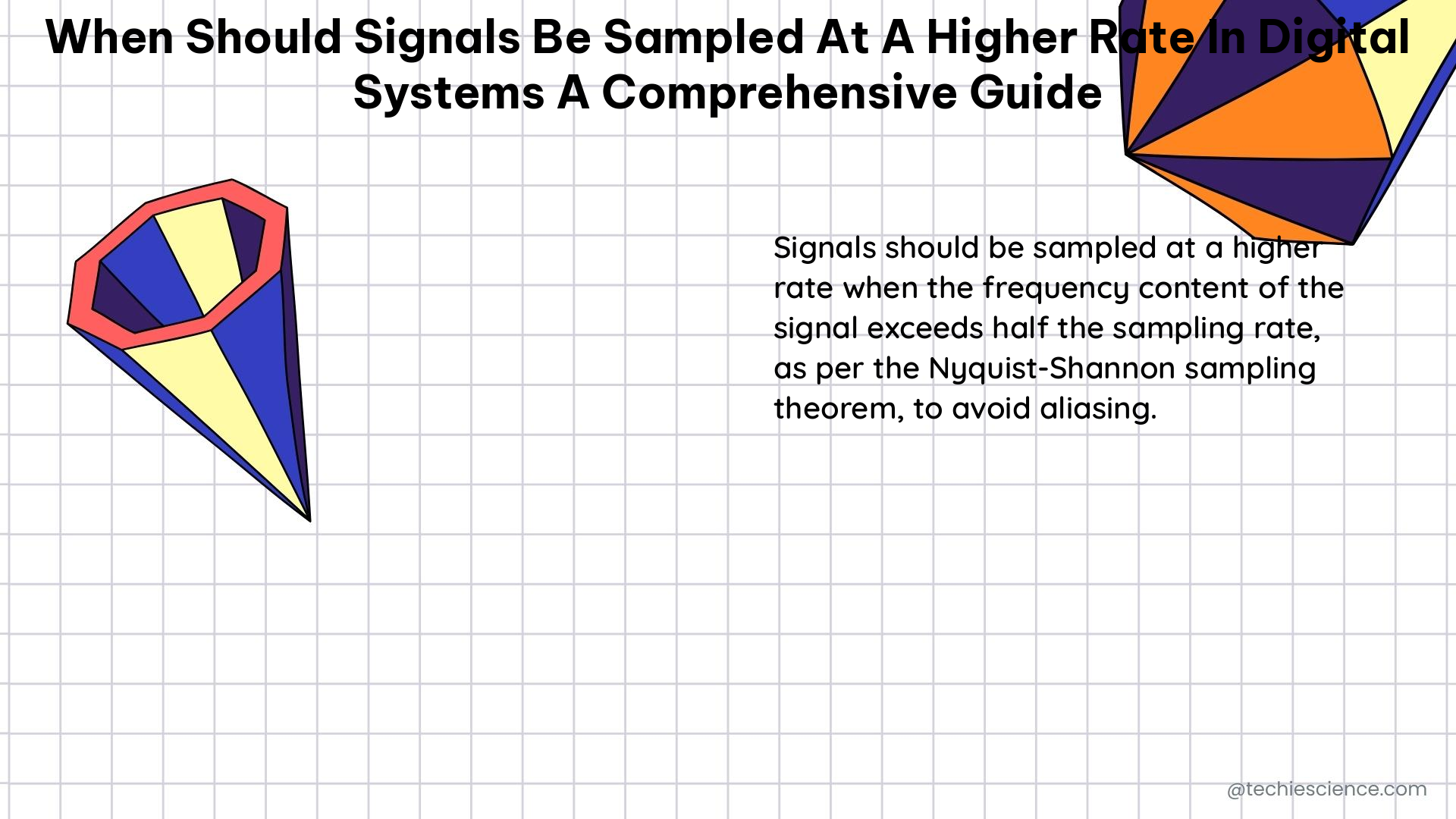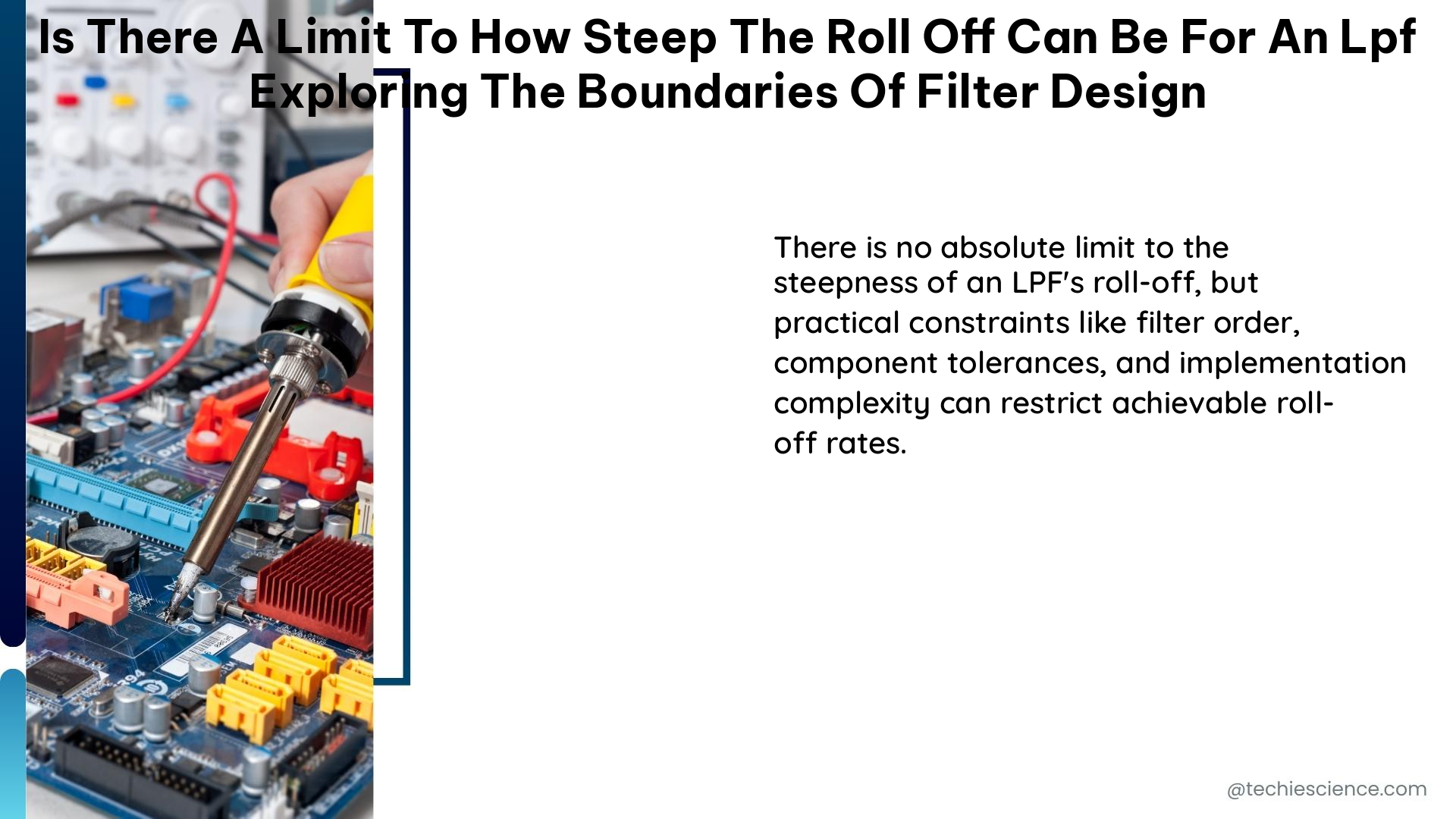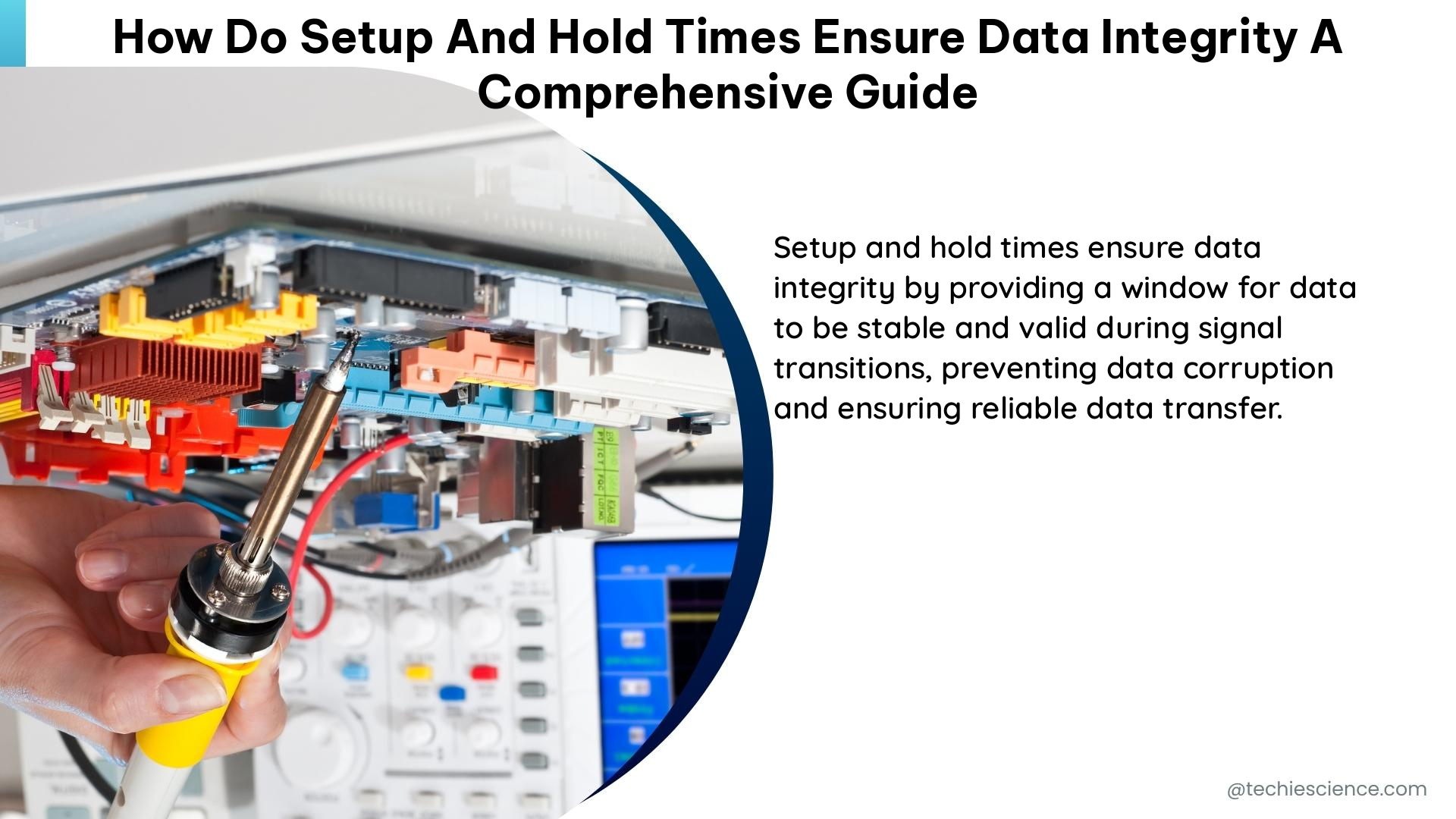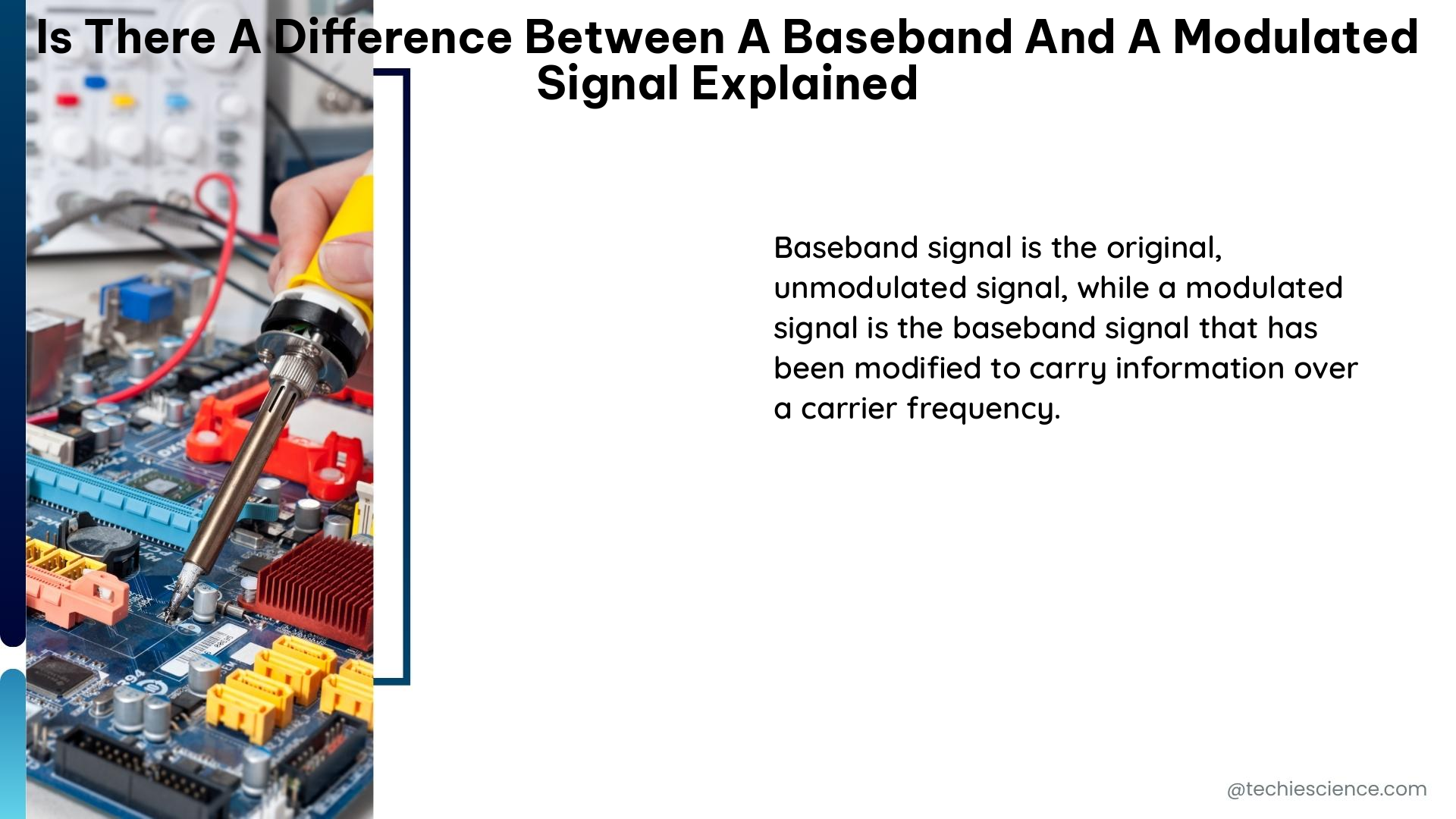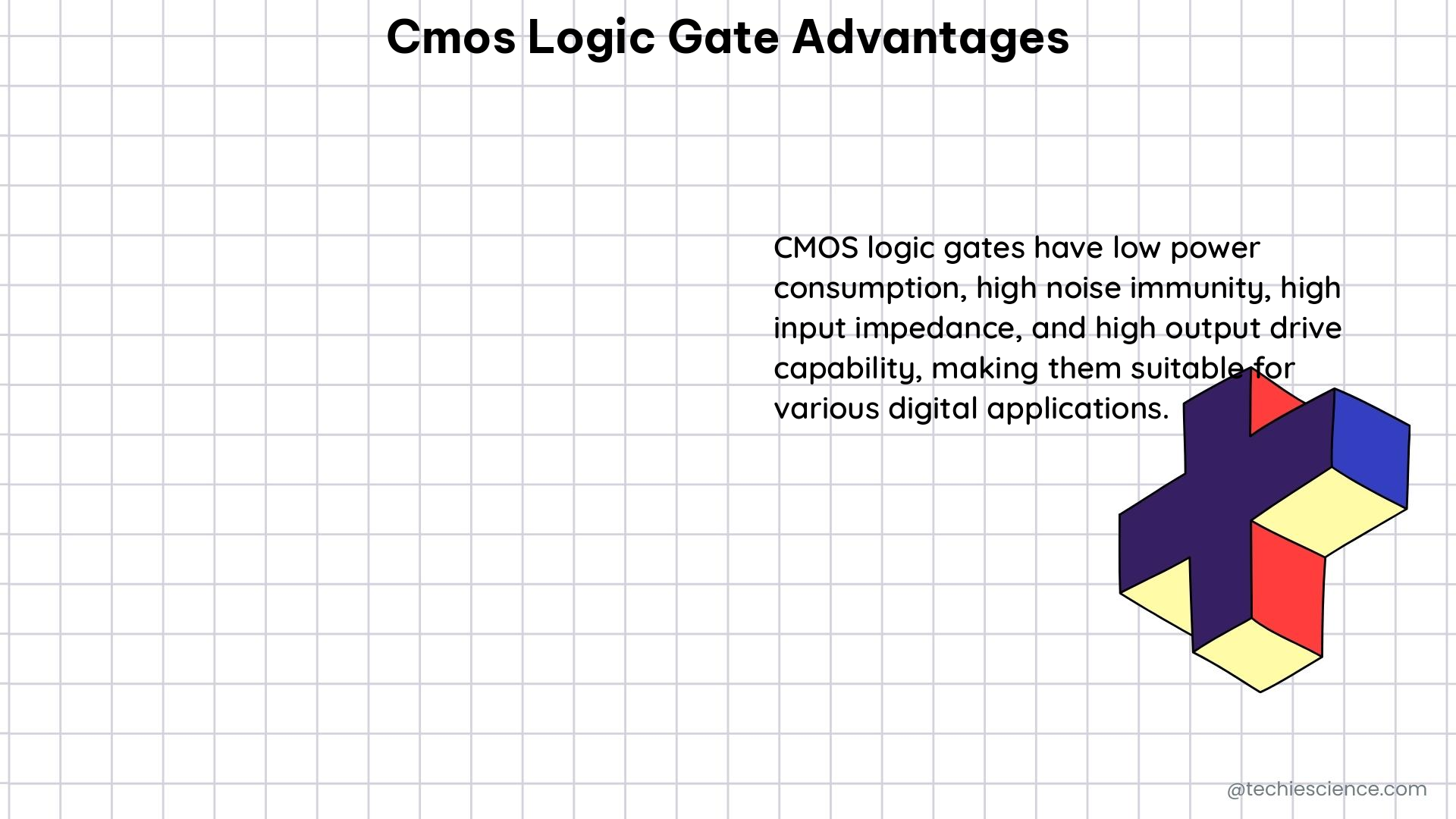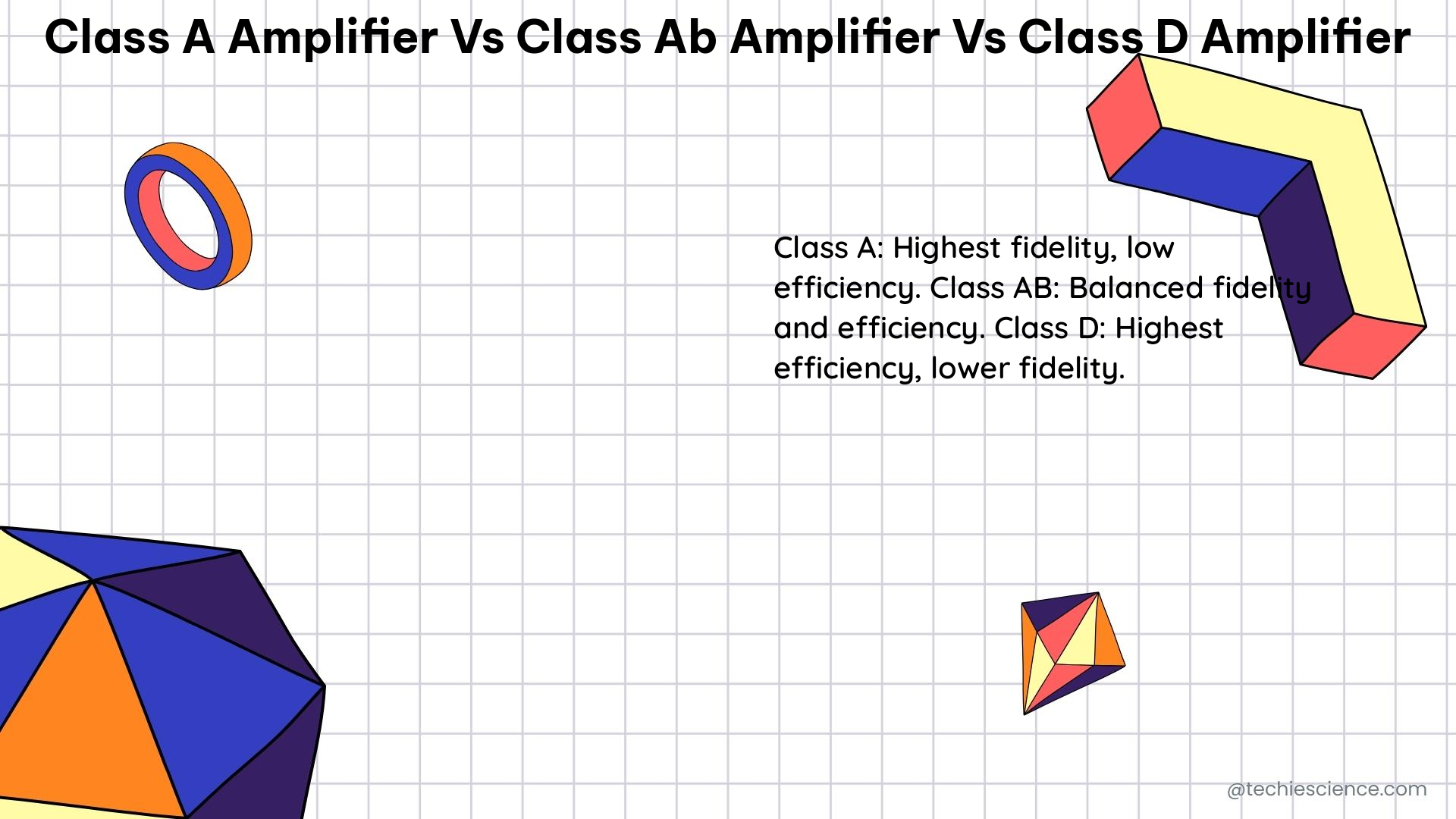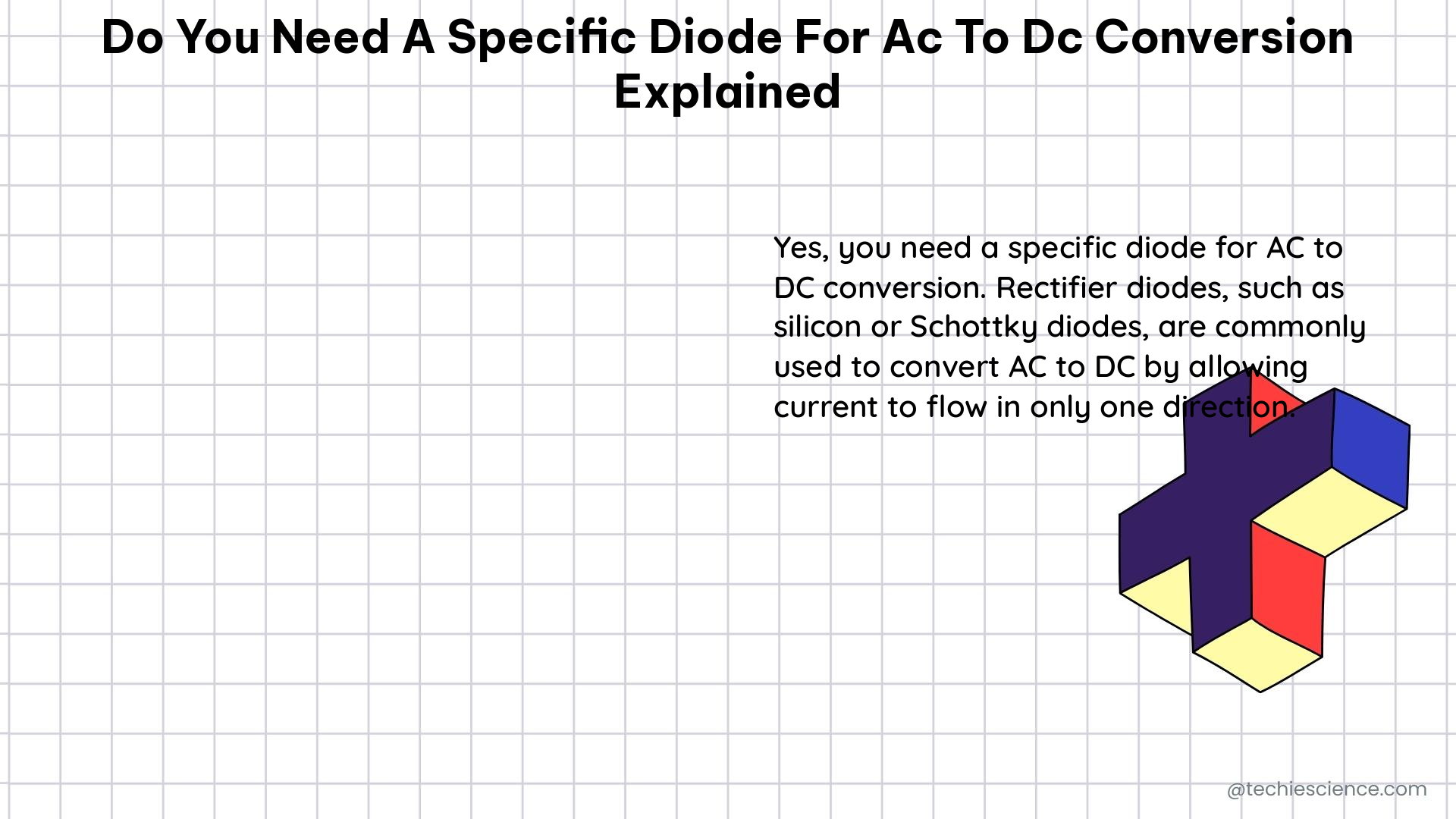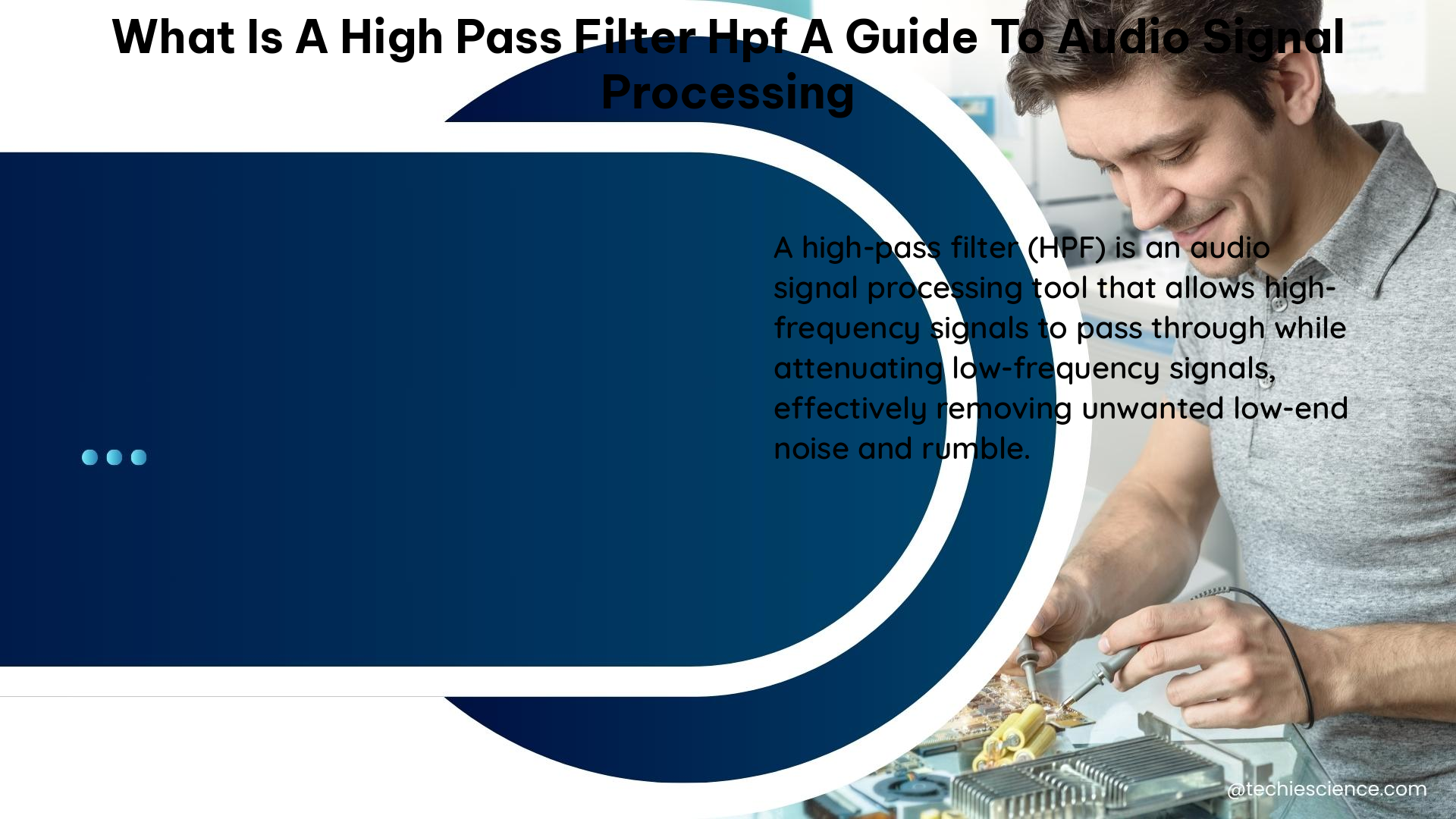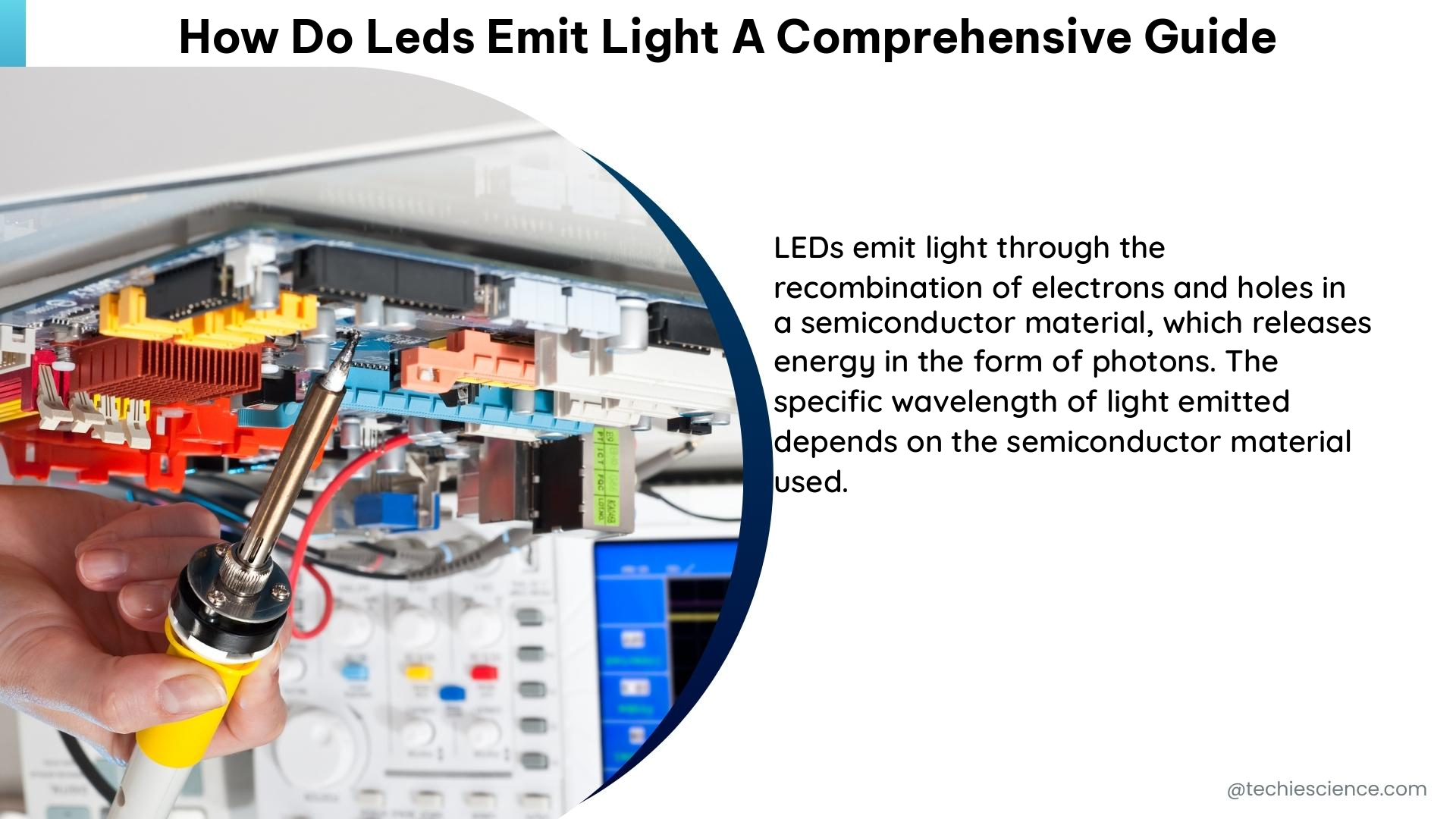What is a Signal in Communication Systems: A Comprehensive Guide
A signal in communication systems refers to any type of information that is transmitted from one point to another, including data, voice, video, or any other type of information that needs to be communicated. Signals can be analog or digital and can be transmitted over a variety of different mediums, including wired and wireless channels. … Read more
